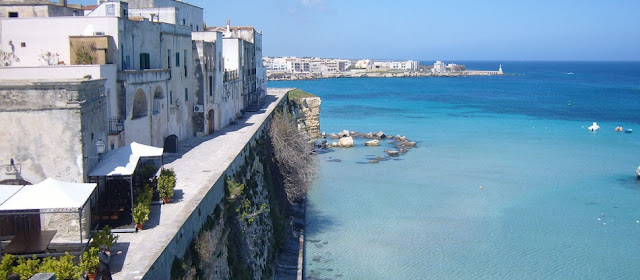By Simonetta Carr - Posted at Place for Truth:
On July 28, 1480, citizens of Otranto, Italy, spied a large Turkish fleet approaching their coasts. Otranto, an amiable town around the tip of the heel of the Italian “boot,” had long been an important port. Ita strategic position, however, also made it susceptible to attacks from across the Adriatic Sea – particularly from Turkish raiders who often scoured the coasts of Italy.By that time, the Ottoman (Turkish) Empire had become very powerful. Less than thirty years earlier, in 1453, its troops had taken over Constantinople, putting the final nail to the coffin of the Roman Empire that had survived in the East. Proud of his achievements, Sultan Mehmed II entertained dreams of expanding to the west.
Most likely, Gedik Ahmet Pasha, leader of the Turkish fleet that was moving in the direction of Otranto, shared his sultan’s dream. Its fleet was impressive: 150 ships carrying 18,000 soldiers. This was not meant to be a simple raid.
Apparently, he had planned to attack Brindisi, a more important port further up the coast, but had been forced (possibly by strong winds) to change route.
This would have been an unforgivable offense in any diplomatic negotiation. What followed was a two-week siege where the local population fought earnestly with few trained soldiers and limited weapons. Eventually, the besieged were forced to surrender. The Ottoman soldiers then took over the city, destroying the local castle, raiding every home, raping women, and killing men.
